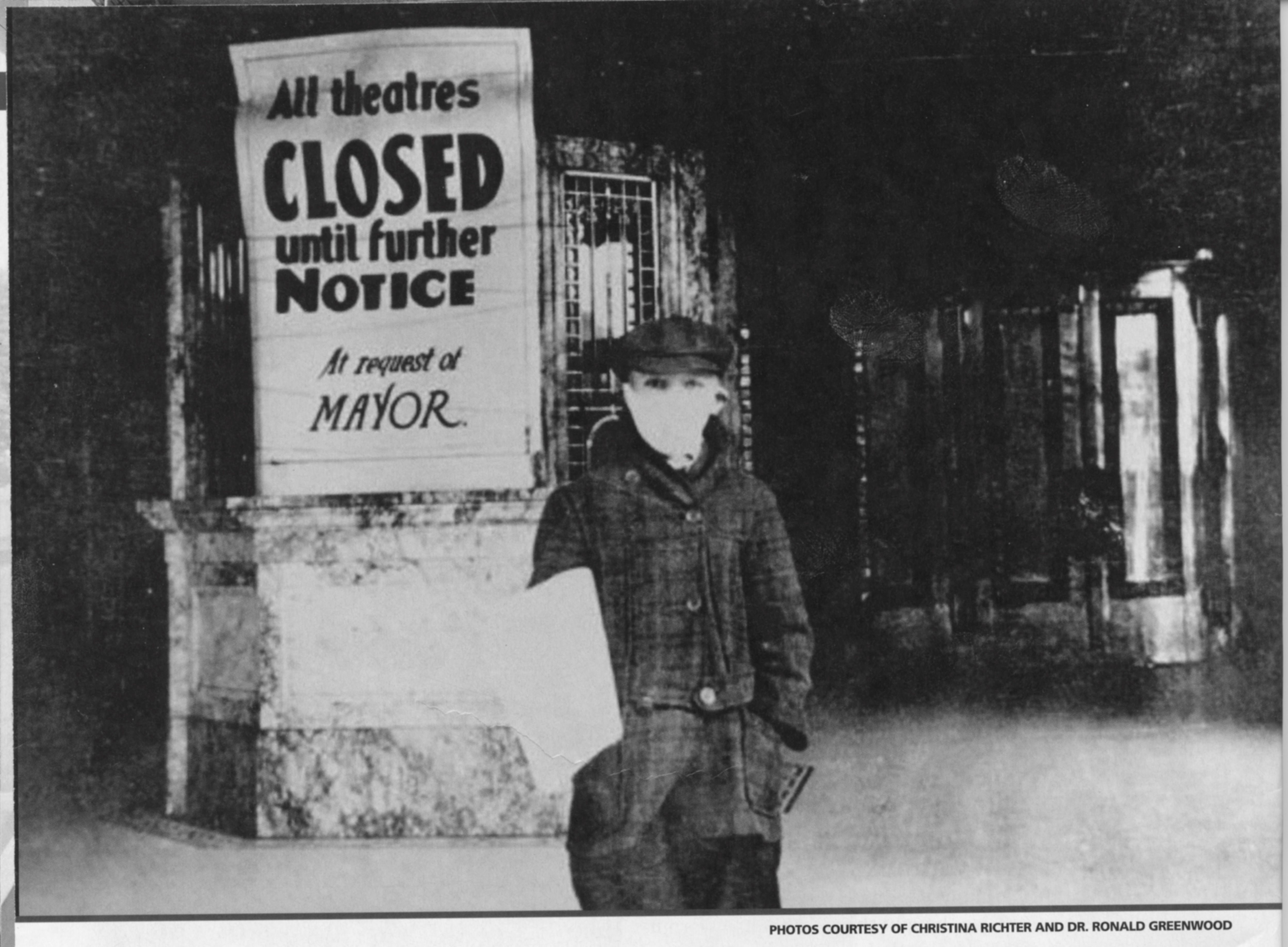Pandemic Parallels: Historian Shows How Roseville Battled The 1918 Spanish Flu
ROSEVILLE (CBS13) — The parallels are striking — vivid images of how one local city dealt with the deadliest pandemic in history.
How Roseville handled the Spanish fu crisis in 1918 was seen as a model for other cities to follow back then. Through archival pictures, we can take a closer look at how lives were saved, by how they handled the heartache.
 (credit: Christina Richter)
(credit: Christina Richter)
It's an image taken right around the time the phrase was born. These pictures are worth more than a thousand words. But the only four that come to mind these days, are the ones spoken loud and clear by a local historian: "We've been here before."
Those words and these other images Christina Richter shares resonate and rumble in our brains as a searing reminder of the deadliest pandemic in history.
"Because what we're seeing is the return of a very old and a very familiar enemy. This is nothing new," Richter said.
Richter dug deep into the archives of when the Spanish flu ravaged the world, striking down more than 50 million people. But she did the digging in her own backyard, finding parallels that were "just stunning to what's happening today."
The images aren't from New York or Paris. They show how it looked in little old Roseville, California — population 4,000 — where the headlines read more like a plea, and one of the remedies being urged during the outbreak was sold down Vernon Street.
The pharmacy no longer stands, but something crucial once stood at the current home of Lambert Mortuary. A make-shift hospital.
"They treated 71 patients in 31 days. They lost two," Richter said. "They knew that they had to act quickly because people in Roseville were dying."
A total of 40 lives were lost, but the message of resilience and patience is not lost more than a century later.
"This is nothing to be afraid of. We need to be cautious, and nobody is going to be happy and nobody is going to be satisfied through this and it's gonna be here for a while," she said.
One of the key figures in making sure Roseville was prepared and to react to the Spanish flu pandemic was Cora Woodbridge, one of the first women in the state assembly.



